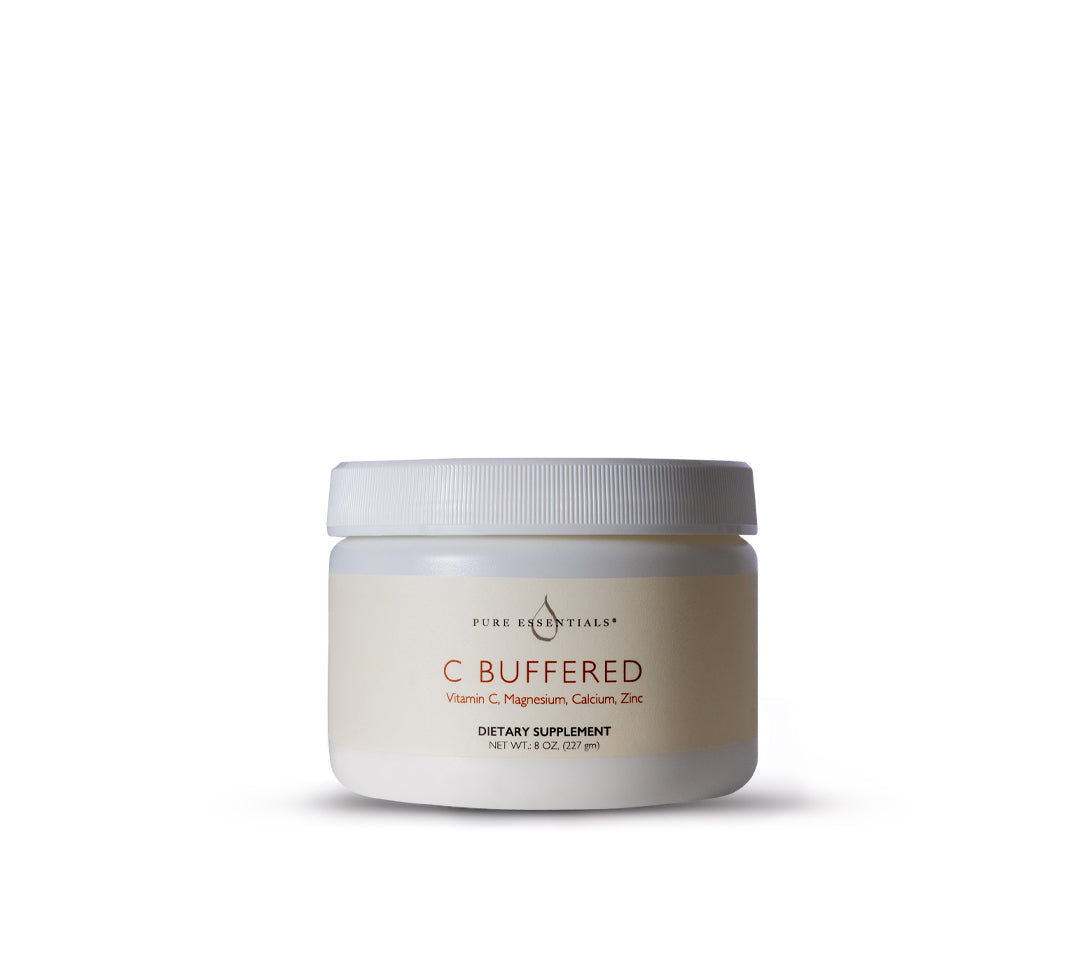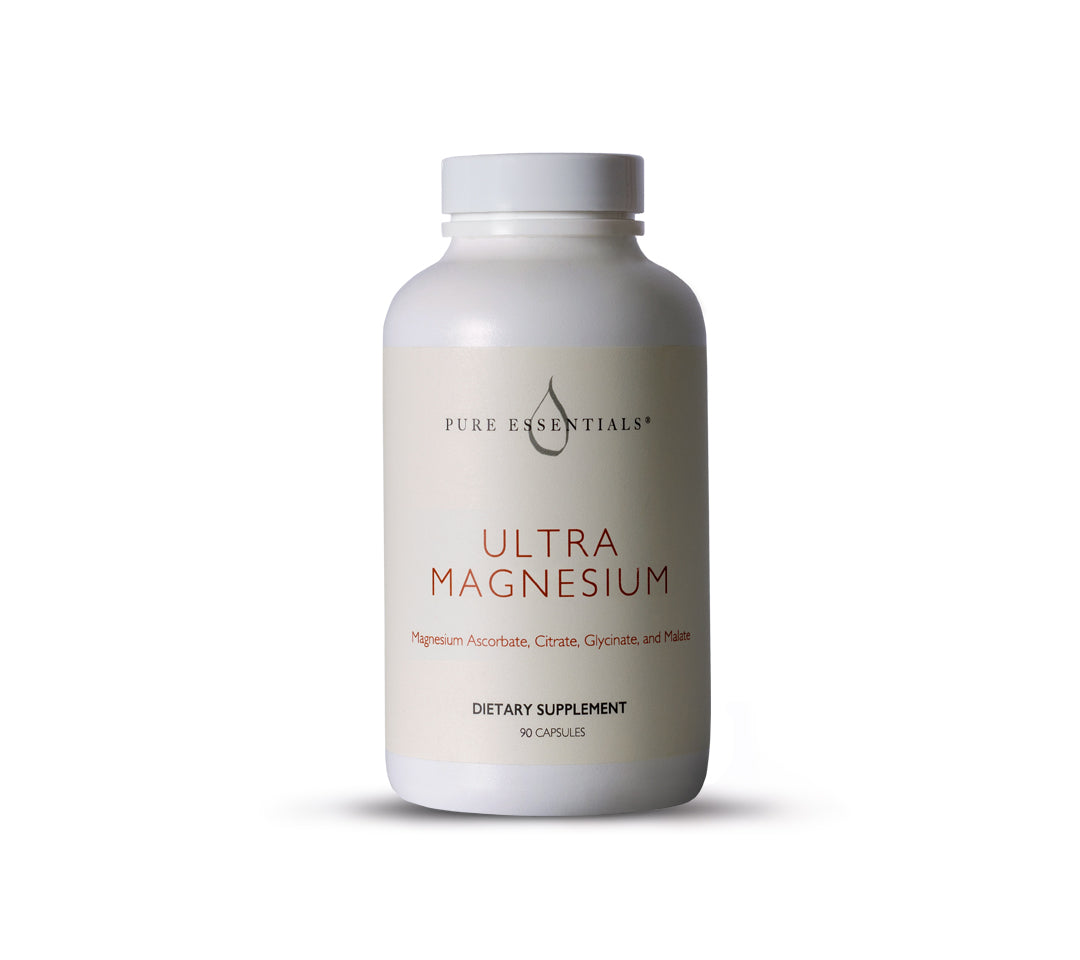THIS IS PART 4 OF A 6-PART SERIES ABOUT SUPPLEMENT INGREDIENTS, COMMON INDUSTRY PRACTICES, AND HOW TO BOTH EDUCATE AND PROTECT YOURSELF AS A CONSUMER.
You might be surprised to learn that some of the most popular brands in the world have been caught using ingredients that are potentially harmful to our health. From chemicals found in yoga mats to artificial colors linked to cancer, these stories will make you think twice before grabbing your next snack or supplement.
We can’t speak to the intent of each of these brands. Every company that makes consumable products has a vast array of manufacturing partners who, at some point, play a part in the production process. What these stories illustrate is the need for a brand to be fully committed to evaluating every ingredient, right down to where and how it was grown and processed.
As is Pure Essentials’ commitment to you. Potentially harmful ingredients and manufacturing partners who don’t adhere to the absolute highest standards of quality control need not apply.
In part four of our ingredients and industry secrets series, we’re here to point you toward the truth. Let’s take a look behind these four eye-opening examples that result in real penalties or other consequences.
Subway & Azodicarbonamide
Not new news, but perhaps new to you – Subway found itself in hot water in 2014 for using azodicarbonamide, a chemical found in yoga mats and shoe rubber, in their bread. This additive helps make the bread more elastic and easier to handle during baking. It's also been linked to respiratory issues and a variety of other health problems.
Food blogger Vani Hari, also known as the "Food Babe", started a petition demanding Subway remove azodicarbonamide from their bread, which quickly garnered over 50,000 signatures.
This public outcry was so strong that Subway decided to remove azodicarbonamide from their recipes. The ordeal highlighted the importance of knowing what's in your food and pushed Subway to become more transparent about their ingredients.
The FDA allows azodicarbonamide in certain amounts, but the controversy emphasized the need for more stringent ingredient scrutiny. To their credit, Subway’s quick response to consumer concerns also set a precedent for other companies to follow suit in removing questionable additives from their products.
Dunkin' Donuts & Titanium Dioxide
If you read part three in our series, you’ll recall we highlighted titanium dioxide as an additive ingredient to watch out for.
In 2015, Dunkin' Donuts faced public scrutiny for using titanium dioxide, a whitening agent, in their powdered sugar donuts. Titanium dioxide, commonly used in paints and sunscreens, was being added to the powdered sugar to give it a bright white color.
However, concerns were raised about its safety, particularly regarding its potential to cause health issues.
The controversy began when the advocacy group 'As You Sow' published a report highlighting the use of titanium dioxide nanoparticles in Dunkin' Donuts' powdered sugar. Their findings pointed out that nanoparticles could pose significant health risks, including potential damage to DNA and the development of inflammatory diseases.
Following the report, As You Sow launched a campaign urging Dunkin' Donuts to remove titanium dioxide from their products. The campaign gained traction, with many consumers expressing their concerns over the safety of the additive. The pressure from both the advocacy group and the public put Dunkin' Donuts in the spotlight, prompting them to take action.
Studies have suggested that these nanoparticles can penetrate biological tissues, potentially causing oxidative stress, DNA damage, and inflammatory responses. Those findings highlighted the risk of using titanium dioxide in food products, specifically in forms that could be inhaled or ingested in large amounts, as a concern for health experts and consumers alike.
In response to the growing concern and pressure from As You Sow and consumers, Dunkin' Donuts announced in 2015 that they would remove titanium dioxide from their powdered sugar.
Starbucks and Caramel Color
The coffee goliath has used a Class IV caramel color in some of its most popular beverages to deliver that rich, appealing color that many of us recognize. Yet, the caramel color was found to contain compounds like 4-MEI (4-methylimidazole), which have been linked to cancer. 4-MEI forms during the caramelization process, and its presence in caramel color has raised significant health concerns.
Despite being approved for use by regulatory bodies, the potential health risks have raised concerns among both health experts and consumers.
In 2011, California added 4-MEI to its list of known carcinogens under Proposition 65, leading to stricter regulations and mandatory labeling for products containing high levels of this chemical. That forced Starbucks and many other companies to reformulate some of their products to meet the new standards.
Starbucks has faced scrutiny over the use of this additive, prompting some consumers to demand clearer labeling and safer ingredient choices. The company did eventually reformulate the beverages in question and adopted new practices for ingredient transparency. It’s a good example of how consumer pressure can lead to positive changes in industry practices, encouraging companies to find safer alternatives to potentially harmful additives.
The company was also high with a class action for their use of the cochineal bug. It wasn’t a health risk per se, but it’s not a kosher product and many people aren’t into the idea of consuming food color extracted from crushed beetle carcasses.
Yoplait & High Fructose Corn Syrup
Yoplait, a popular yogurt brand owned by General Mills, has been known to include high fructose corn syrup (HFCS) in many of its yogurt products. HFCS is a sweetener made from corn starch that has been linked to several health issues, including obesity, diabetes, and metabolic syndrome.
While HFCS is cheaper than regular sugar and extends the shelf life of products, its health risks have led to widespread criticism and concern. The production process of HFCS and its initial popularity as a cost-effective sweetener are key points in understanding why it's used so much.
Consumers have become increasingly aware of the negative effects of HFCS and have demanded healthier alternatives. In response, Yoplait has started to reformulate some of its products to remove HFCS, opting for more natural sweeteners instead.
This shift reflects a broader trend in the food industry towards cleaner labels and healthier ingredients, driven by informed consumer choices. Specific health studies linking HFCS to various conditions provide a stronger basis for the criticism and consumer demand for alternatives.
Consumers, Be Vigilant!
These examples highlight the importance of being vigilant about the ingredients in the products we consume. From Subway’s yoga mat chemical to Yoplait’s high fructose corn syrup, it’s clear that even highly trusted and likely well-intentioned brands can slip up.
Our encouragement to you is to be proactive in understanding what you consume. Much of what is on the shelfs at your local market or pharmacy has ingredients with at least some potential for health issues, particularly with extended exposure or for consumers with specific sensitivities.
Taking a little time to be informed and choosing products from companies that prioritize safety and transparency makes good health sense.
If you’re interested in learning a lot more about food ingredients and how to shop smarter, we highly recommend you get to know our good friend Mira Dessy. Mira is well known as “The Ingredient Guru”. Her books The Pantry Principle and Eating Out, Eating Healthy are tremendous resources.









